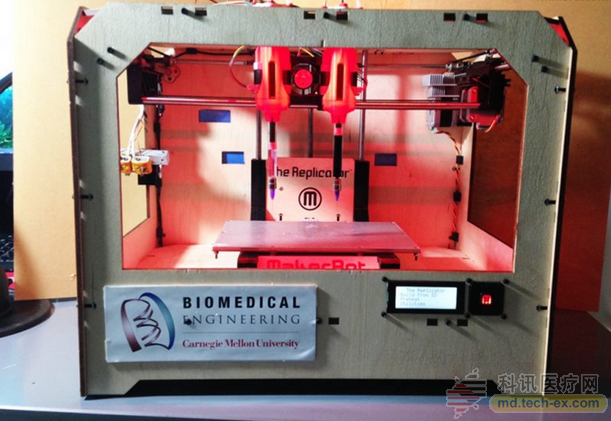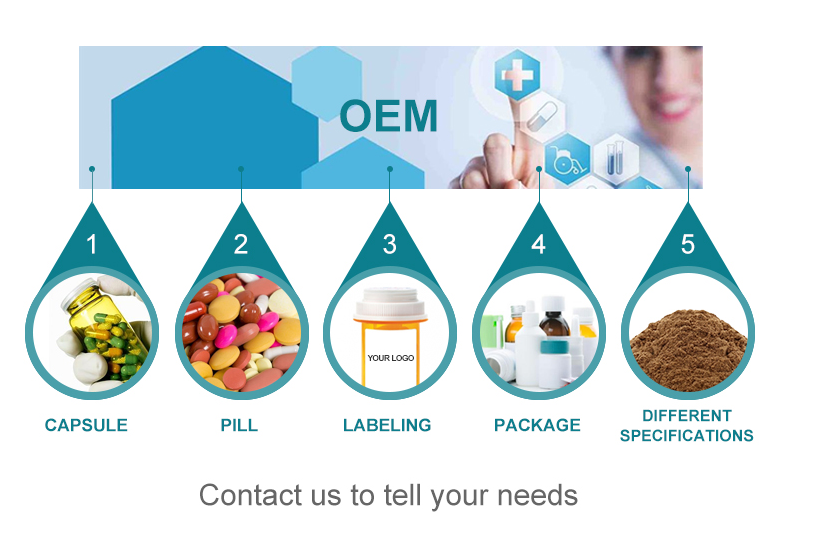Scientists 3D printing helps develop breast cancer diagnostic technology
Release date: 2016-06-02
Researchers at the University of Pittsburgh (PITT) and Carnegie Mellon University (CMU) are preparing to help doctors better diagnose breast cancer with a soft, soft biological structure spewed out from a modified MakerBot 3D printer.
 Â
It is understood that researchers at the University of Pittsburgh Medical Center (UPMC) and Carnegie Mellon University received a two-year, $800,000 research grant from the Defense Department's Medical Research Program under the US Congress, and they are using the funds. Enables the 3D printer to replicate the mammary duct (ie, the tubing that connects the nipple to the breast). In doing so, they hope to discover a biomarker – a measurable feature associated with the disease – to better diagnose which patients with precancerous breast ductal lesions will develop malignant, possible Life-threatening breast cancer.
            Â
Â
One of the project's research directors, PITT surgical assistant professor Priscilla McAuliffe, said that only 20% to 50% of non-invasive tumors in patients with tumors will be localized to the mammary ducts - breast ductal carcinoma in situ (DCIS) - - thereby developing into malignant breast cancer.
If you can identify which women need treatment and which ones will reduce unnecessary chemotherapy, surgery and pain, McAuliffe said. These treatments often cause great harm to the health of patients.
Another co-research leader of the project, Adam Feinberg, a professor of materials science and biomedical engineering at CMU, published a paper in Science Advances in 2015, showing the use of a 3D printer to replicate complexities. Soft tissue structures are possible. One of the goals of this research project was to independently diagnose the possibility of developing an invasive tumor by replicating the patient's mammary duct through a 3D printer.
According to McAuliffe, this ability to assess each patient's risk will have revolutionary consequences. She said: "This is no secret. We have had too many operations on DCIS patients."
"Based on the results of this study, we hope to find biomarkers and then use it to classify patients for risk," McAuliffe said. But before using these biomarkers for surgical decision making, randomized clinical trials are needed, which McAuliffe said will be a long-term goal.
Of course, the foundation of all of this is the discovery of biomarkers, which requires a fully controllable realistic model system, Feinberg said. And this is where 3D printing technology can make a difference, that is, 3D prints a separate breast duct tissue.
However, Feinberg said that a big obstacle to 3D printing breast ducts is that the tissue often collapses under its own weight.
“The biggest challenge with these materials is that they are very soft,†Feinberg said. “It makes them easy to collapse under their own weight. They are a bit like jelly. It’s okay to put a simple jelly there, like a cube, but once You tried to make a complex 3D structure with it, and the result was torn apart."
To solve this problem, Feinberg's team developed a way to print soft tissue in a soluble gel. According to the understanding, the equipment used by Feinberg includes a consumer-grade MakerBot 3D printer. Ordinary MakerBot mainly builds objects by laminating molten plastic in the extruder, while Feinberg has carefully designed a custom extruder that stacks the proteins we usually see in biological tissues. And other molecules.
It is worth mentioning that the researchers also open sourced the extruder they designed, and anyone can download and use it through the National Institutes of Health (NIH) website. .
The researchers said that if the initial experiment revealed the possibility of invasive DCIS biomarkers, then they were next prepared to correlate these biomarkers with the patient's treatment outcomes. To this end, researchers can take advantage of the rich breast tissue bank at Magee-Womens Hospital. This tissue bank contains information about tumor genetics and catheter structure, as well as patient outcomes.
In addition to discovering better ways to diagnose invasive DCIS, Feinberg is excited that bioprinting will be the standard means of building realistic model systems in the lab.
"In the not too distant future, these bio 3D printers will become standard laboratory equipment," Feinberg said. “Ultimately, I think we will be able to use these things to print organs and organize them in 3D. Although it is still far away, it is showing the dawn.â€
Source: Tiangongshe
Food additive is a kind of non nutritive substance which is added in small amount to improve the appearance, flavor, structure or storage property of food. It refers to any substance artificially added to food for technical purposes in the process of food production, processing, preparation, treatment, packaging, transportation or storage. In order to improve the quality of food, such as color, aroma and taste, and to meet the needs of anti-corrosion and processing technology, synthetic or natural substances are added into food . At present, there are 23 categories and more than 2000 varieties of food additives in China, including Acidity Regulators, anti caking agents, defoamers, antioxidants, bleaching agents, bulking agents, colorants, color protectants, enzyme preparations, flavor enhancers, nutritional enhancers, preservatives, sweeteners, thickeners, spices, etc.

Product Name: Beta-Carotene
Appearance: Orange Powder
CAS: 7235-40-7
Molecular formula:C40H56
Molecular weight :536.8726
Melting point: 178-179℃
Flashing point: 103℃
EINECS: 230-636-6
Specification: 1%;10%;20%;30%,50%,90%;99%
Testing Method: HPLC
Beta carotene is the molecule that gives carrots their orange colour. It is part of a family of chemicals called the carotenoids, which are found in many fruit and vegetables, as well as some animal products such as egg yolks. Biologically, beta carotene is most important as the precursor of vitamin A. It also has anti-oxidant properties and may help in preventing cancer and other diseases.
Beta Carotene is also known as a provitamin because it can be converted in our body into vitamin A after oxidative cleavage by beta carotene 15, 150-dioxygenase. In plants, beta carotene, acts as an anti-oxidant and neutralizes singlet oxygen radicals formed during photosynthesis.

Product Recommended
Beta-carotene Powder, Lycopene Powder, Beetroot Red Powder, Curcumin
Xi'an Tian Guangyuan Biotech Co., Ltd. , https://www.tgybiotech.com